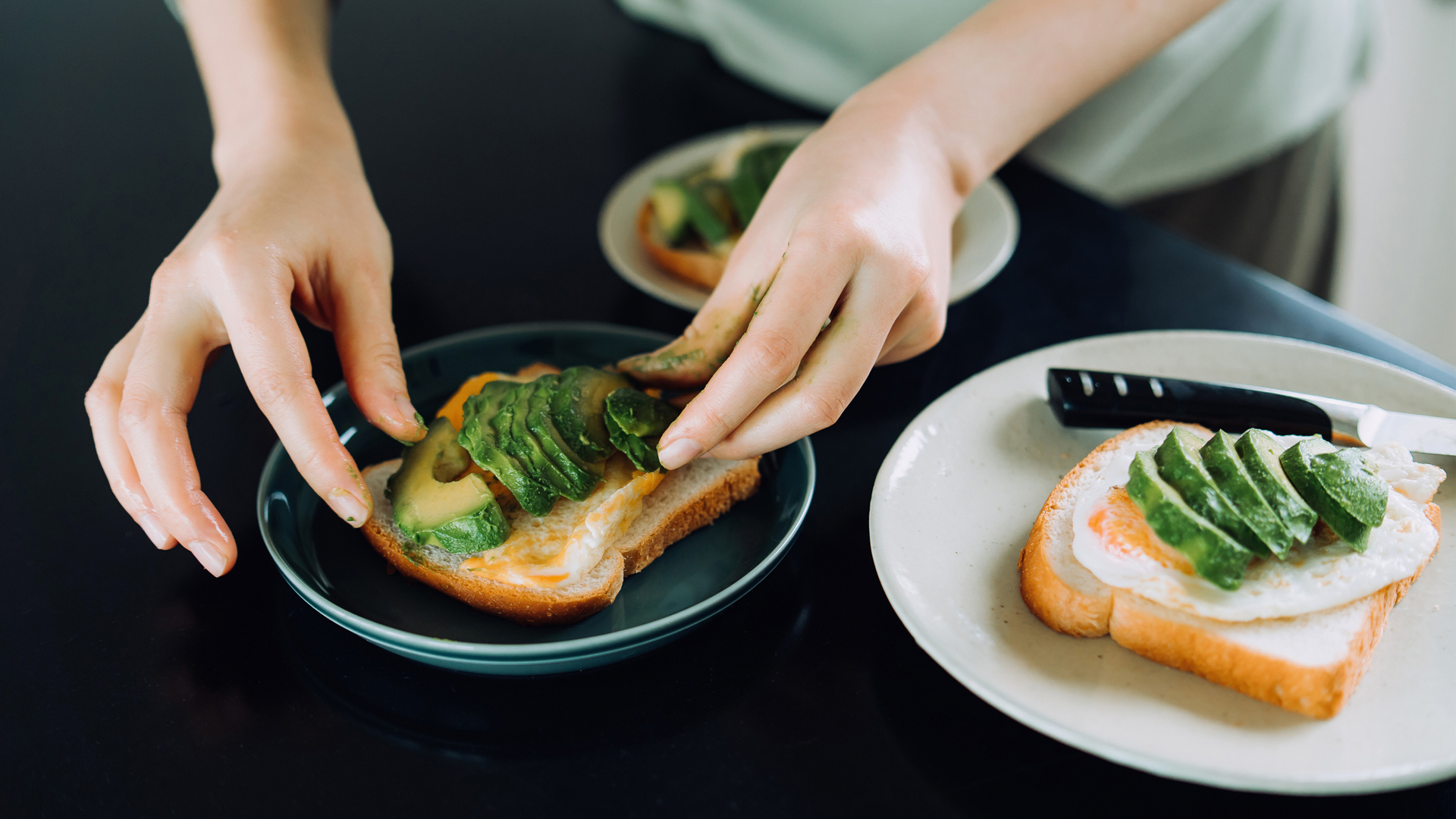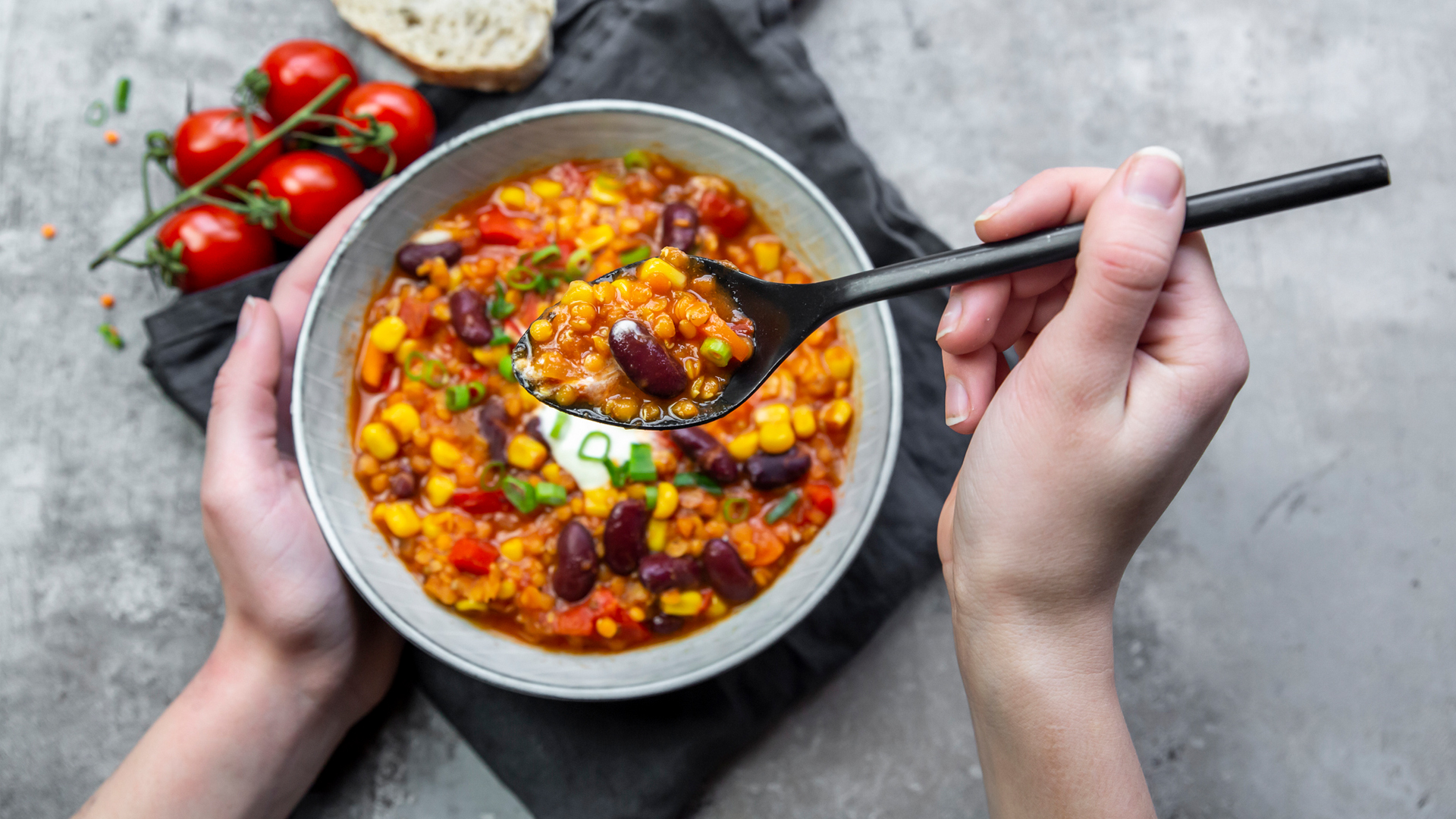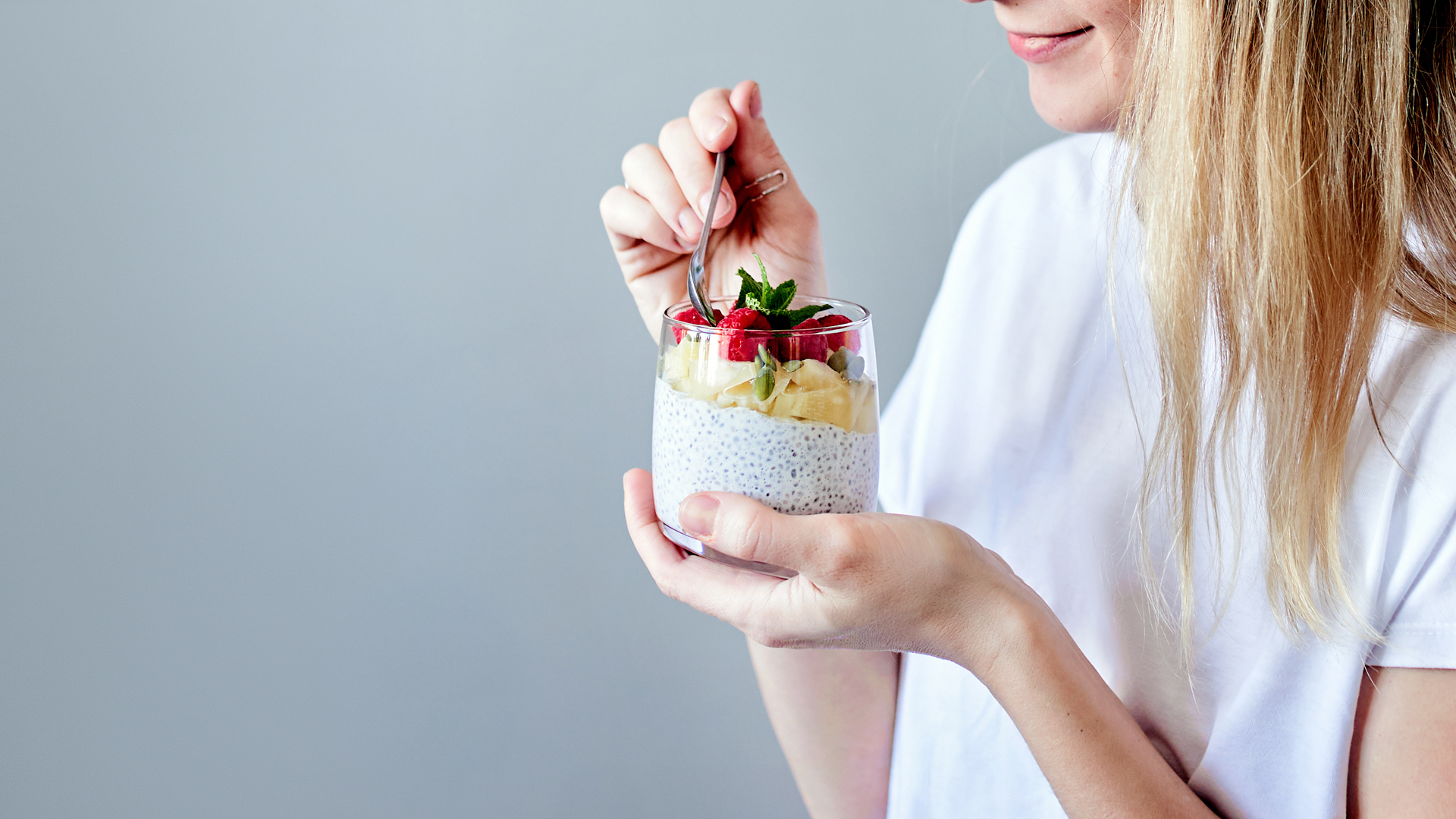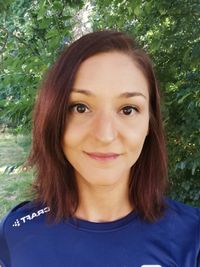Six high fiber foods you should be eating
Enjoy these high fiber foods for better digestion and a healthier heart

High fiber foods are the cornerstone of a healthy diet. Fiber, a type of carbohydrate our bodies are unable to digest, is critical for keeping our digestion in peak condition. It also keeps our cardiovascular health in check and helps regulate our metabolism, especially when paired with the best protein powders for weight loss.
At the same time, many of us struggle to get enough fiber in our diets. According to The Academy of Nutrition and Dietetics, the Daily Value (DV) for women stands at around 24g of fiber, whereas for men it is approximately 38g. Yet the American Society for Nutrition has recently reported that only 5% of men and 9% of women in the US are getting the recommended daily amount in their diets.
Knowing the best sources of fiber may be the shortcut to hitting your daily requirements. With this in mind, we’ve created a list of the best high fiber foods that will easily help increase your fiber intake.
Why is it important to eat enough fiber?
There are broadly two types of dietary fiber: soluble and insoluble. Both of them play an important role in our digestive system.
“Depending on the type of fiber consumed, it can help to absorb water through the intestines as well as creating bulk to the stool, therefore helping with constipation or diarrhea,” says Reema Patel, registered dietitian and nutritionist for Dietitian Fit & Co. “Including more soluble fiber can help form a gel in the digestive tract, which is helpful when you are experiencing diarrhea. Sources of soluble fiber include avocados, Brussels sprouts, oats, citrus fruits, apples, beans, peas and chickpeas as well as lentils.”
At the same time, “adding in more insoluble fiber draws water and adds bulk to the stool, speeding up transit time”, adds Patel. Therefore, it’s great if you are suffering from constipation. The top sources of insoluble fiber are wholegrains including whole wheat flour, brown rice, quinoa, oats or wholemeal couscous, wheat bran, cauliflower, nuts and all beans and lentils.

Your gut health will also benefit from more fiber, particularly the soluble fractions and prebiotics. “Certain fibers are found in foods such as bananas, onions, garlic, Jerusalem artichokes, apple skin, chicory root and beans,” says Rob Hobson, sports nutritionist at Healthspan. “These fibers act as prebiotics as they pass through the small intestine undigested and are fermented on route to the large colon.”
Start your week with achievable workout ideas, health tips and wellbeing advice in your inbox.
Essentially, the bacteria feeds off prebiotic fiber, producing a number of important nutrients and metabolites. “These nutrients have been linked to reduced inflammation and improving digestive disorders,” says Reema Patel.
But the benefits of high fiber foods go far beyond the digestive system. According to a BMJ review, eating more dietary fiber can lower your risk of cardiovascular conditions. Scientists from the Journal of Nutrition also calculated that eating a sufficient amount of fiber can reduce your risk of developing type 2 diabetes by up to 30%.
1. Beans, peas and lentils
Beans, peas and lentils are one of the best high fiber foods. Not only do they contain a lot of this vital nutrient, it is also of excellent quality. Legumes contain both soluble and insoluble types of fiber, and many studies have demonstrated their multiple health benefits.
Legumes make a great addition to a wide range of dishes, including soups, stews, salads and casseroles. Pureed beans can also be used as the basis for highly nutritious dips and spreads. And as legumes are also a great source of plant-based protein, you can use them as an alternative to meat.

2. Avocados
Avocado may not be the first thing that comes to your mind when you think about high fiber foods, but one medium avocado contains around 13g of this crucial nutrient. What’s more, studies have shown that thanks to its unique composition of soluble and insoluble fibers, these fruits may be one of the best foods to feed your good gut bacteria.
Avocado slices enhance the flavor of salads and smoothies. Thanks to their creamy consistency, you can also smear them onto toast or mash them into guacamole.
3. Chia seeds
One of the easiest ways to top up your fiber intake is to sprinkle some chia seeds into your meals and smoothies, as just two tablespoons contain around 10g of fiber. Chia seeds are known for their ability to absorb water and create gel. Their fiber content consists mainly of soluble fractions, which give chia seeds their characteristic glue-like texture.
Chia seeds are a popular addition to high protein desserts, smoothies and baked goods. They also do a great job in snack bars, salad dressings and granolas.

4. Collard greens
Green leafy vegetables are another good example of a high fiber food, and they are especially rich in insoluble types of fiber. Cooked Collard greens, with 8g of this vital nutrient per cup, take the ultimate crown. Not only are they nutritious, they’re versatile. You can use their leaves instead of tortillas to wrap burritos, or chop them into soups, stews, and stir fries.
Other high fiber leafy greens include spinach and Swiss chard.
5. Broccoli
With 5g of dietary fiber per cup, cooked broccoli is another great example of high fiber food. More than half of broccoli’s fiber is soluble, and a recent study has shown that it has a positive impact on the composition of our gut microbes.
Broccoli florets can be added to your favorite soup, stir fries or casseroles, or served with whole grains like pasta and rice.

6. Whole wheat pasa
A cup of cooked whole wheat pasta contains 5g of insoluble dietary fiber. Regular pasta is made from refined flours, such as wheat flour. During the refining process, grains are stripped of bran and germ, two fiber-rich components. While most of the bran and germ are retained in whole wheat pasta, giving it a more earthy flavor and harder texture.
Whole wheat pasta can be used exactly as regular pasta. However, it may need to be cooked for a couple of minutes longer.

Anna Gora is a Health Writer for Future Plc, working across Coach, Fit&Well, LiveScience, T3, TechRadar and Tom's Guide. She is a certified personal trainer, nutritionist and health coach with nearly 10 years of professional experience. Anna holds a BSc degree in Nutrition from the Warsaw University of Life Sciences, a Master’s degree in Nutrition, Physical Activity & Public Health from the University of Bristol, as well as various health coaching certificates. She is passionate about empowering people to live a healthy lifestyle and promoting the benefits of a plant-based diet.
